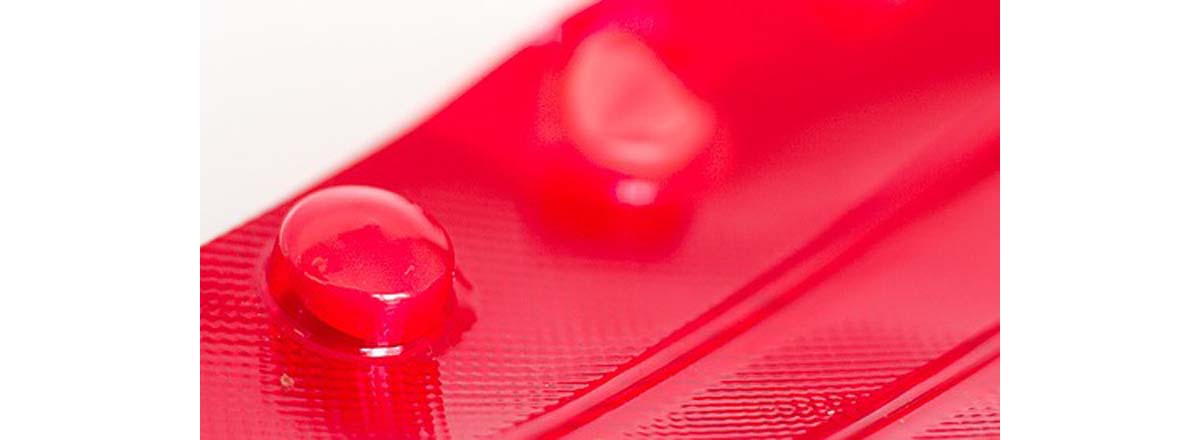Hay fever is a surprisingly large burden on health. In the United States, about 40 million people a year buy over the counter medications or get prescriptions filled to treat seasonal nasal allergies. In Europe, about one person in 6 has to deal with hay fever every summer, the greatest concentrations of hay fever sufferers in Denmark and Sweden.

Summer allergies often start at about the age of 2, and cause their most intense symptoms in younger adults aged 21 to 30. The percentage of the population that suffers seasonal allergic rhinitis differs from place to place and from year to year depending on weather conditions.
Hay Fever Treatment Often as Bad as the Disease
Hay fever makes life miserable. It causes sneezing, wheezing, copious production of clear, runny mucus, and itchy eyes. It inflames sinuses. It aggravates asthma and eczema, and a recent study found that in children, it increases the risk of ADHD (attention deficit hyperactivity disorder). Allergic inflammation of the nose and throat can interfere with hearing and stuffy nose can make social interaction difficult. Sneezing on people, of course, is not a good way to make friends.
The treatments for hay fever are almost as bad as the disease itself, especially if you are involved in one of the 100,000 car crashes per year (just in the United States) caused by drowsy driving or if you are one of the 27 million people every year who miss work because their allergy medicines make them too tired to come in.
Almost Every Hay Fever Medication Has Side Effects
Benadryl (diphenhydramine), one of the oldest antistamines on the market, is inexpensive but makes nearly everyone who uses it sleepy. Claritin (loratidine) induces drowsiness in only about 8% of users, but causes headaches in 10%. The third-generation antihistamine Allegra (fexofenadine) doesn't cause drowsiness, but can cause nausea, vomiting, and diarrhea.
Even the newest medications for hay fever are problematic. Nasonex (mometasone) and Omnaris (ciclesonide) are steroids. They can shrink nasal polyps (at the time this article is being written, only Nasonex is FDA-approved for this purpose) but they interfere with normal immune response to infection.
Nasalcrom (cromolyn sodium) acts on the same principle as eating an apple a day, providing a chemical that keeps the mast cells that release histamines into the nose from breaking down, but it takes several days to begin to work. Atrovent (ipratropium) "dries up" nasal passages but can also "dry up" the bladder. Sudafed (pseudoephedrine) can be used to make methamphetamines, so buyers have to wait in line while their purchases are reported to a monitoring system used by the police (at least in the United States). Allergy shots, while effective, require going to the doctor's office once a week for three years or more.
Modern medicine, however, has created a medication you only need to take once in your lifetime to develop permanent immunity to nasal allergens--if the nasal allergens that trigger your symptoms are ragweed or timothy grass.
How The Once-a-Lifetime Allergy Pill Works
The technology to treat specific allergies without injections actually has been around for over 100 years, its general principles demonstrated in clinical trials over 30 years ago. Known as sublingual tablet monotherapy, the competing method of "allergy pills" takes advantage of the fact that the lower digestive tract is the body's largest immune organ.

The lining of the digestive tract is constantly exposed to microorganisms and foreign proteins. The Gut-Associated Lymphoid Tissue, or GALT, generates white blood cells that destroy these potential invaders before they can enter the bloodstream. There is a ring of immune tissue in the throat, and there are patches, known as Peyer's patches, of immune tissue in the duodenum, jejunum, and small intestine.
When the GALT is exposed to the same allergens that trigger hay fever, there are a number of changes in the immune system:
- The immune system makes more a kind of T-cell known as the CD8+ cell and fewer of a kind of T-cell known CD4+ cells. The CD8+ cells regulate inflammation. The CD4+ cells activate inflammation. Since allergy is a process of unregulated inflammation, the shift in the balance of CD8+ and CD4+ cells reduces the severity of allergic responses, without interfering the body's fundamental ability to fight infection.
- The immune system makes more of two kinds of inflammation regulators known as IL-10 and IL-12. These substances reduce the activity of Th2 cells, white bloodc ells involved in both hay fever and asthma.
- The immune system makes less of an immune regulator known as IL-13. This allows airways to "remodel" themselves so that air passes through them more easily.
The advantage of sublingual tablet monotherapy over "allergy shots" is that it is possible to give 20 to 200 times more of the allergy-inducing substance safely, because there is no risk of the tablet causing anaphylactic shock, as there is with the shots. Occasionally, even the allergy pills cause allergic side effects, but these are generally minor, just "itchy mouth" and mild swelling, rather than closing of airways.
Over 30 countries in Europe already approve single-pill therapies for seasonal hay fever, but the FDA has been hesitant to approve similar products in the United States--and not without reason. In the USA, there are simply more kinds of grass pollen that cause allergies. European products protect against allergies to timothy grass pollen, but Americans also have a Johnson grass pollen season, a Bermuda grass pollen season, and a Sweet Vernal grass pollen season in the spring, and a ragweed pollen season in the fall. The earliest clinical trials in the USA failed to show that the products worked, probably because they didn't cover all the kinds of pollen to which test participants were exposed.
Refinements in the testing procedure now have shown that American products for timothy grass and ragweed really work, and FDA approval is probably imminent.
Is the New Allergy Pill Really for You?
There is just one catch with the new allergy treatment. Each pill (at least as they are being formulated for sale in the United States) only cures one kind of allergy. If your hay fever is caused by timothy grass or ragweed, you're in luck. If your allergy is caused by Johnson grass, Bermuda grass, or Sweet Vernal grass, or one of dozens of tree pollens, you're not in luck yet. There are multiple-allergen products in the European Union, but these treat allergies that don't occur in the United States.
Sublingual tablet monotherapy is safer, it's faster, and it's less expensive than allergy shots. It has none of the side effects of the common allergy medications.
But sublingual tablet monotherapy does not pronmise you'll never have any more allergies at all, and you have to remember to take it. One pill won't take away all your allergies for life, but just a few pills taken over a few weeks may take away your worst allergies for many years at a time, using the power of your immune system, and without side effects.
- Nelson HS. Is sublingual immunotherapy ready for use in the United States? JAMA. 2013 Mar 27.309(12):1297-8. doi: 10.1001/jama.2013.2739. PMID: 23532248.
- Tsai JD, Chang SN, Mou CH, Sung FC, Lue KH. Association between atopic diseases and attention-deficit/hyperactivity disorder in childhood: a population-based case-control study. Ann Epidemiol. Apr 2013. 23(4):185-8.


Your thoughts on this